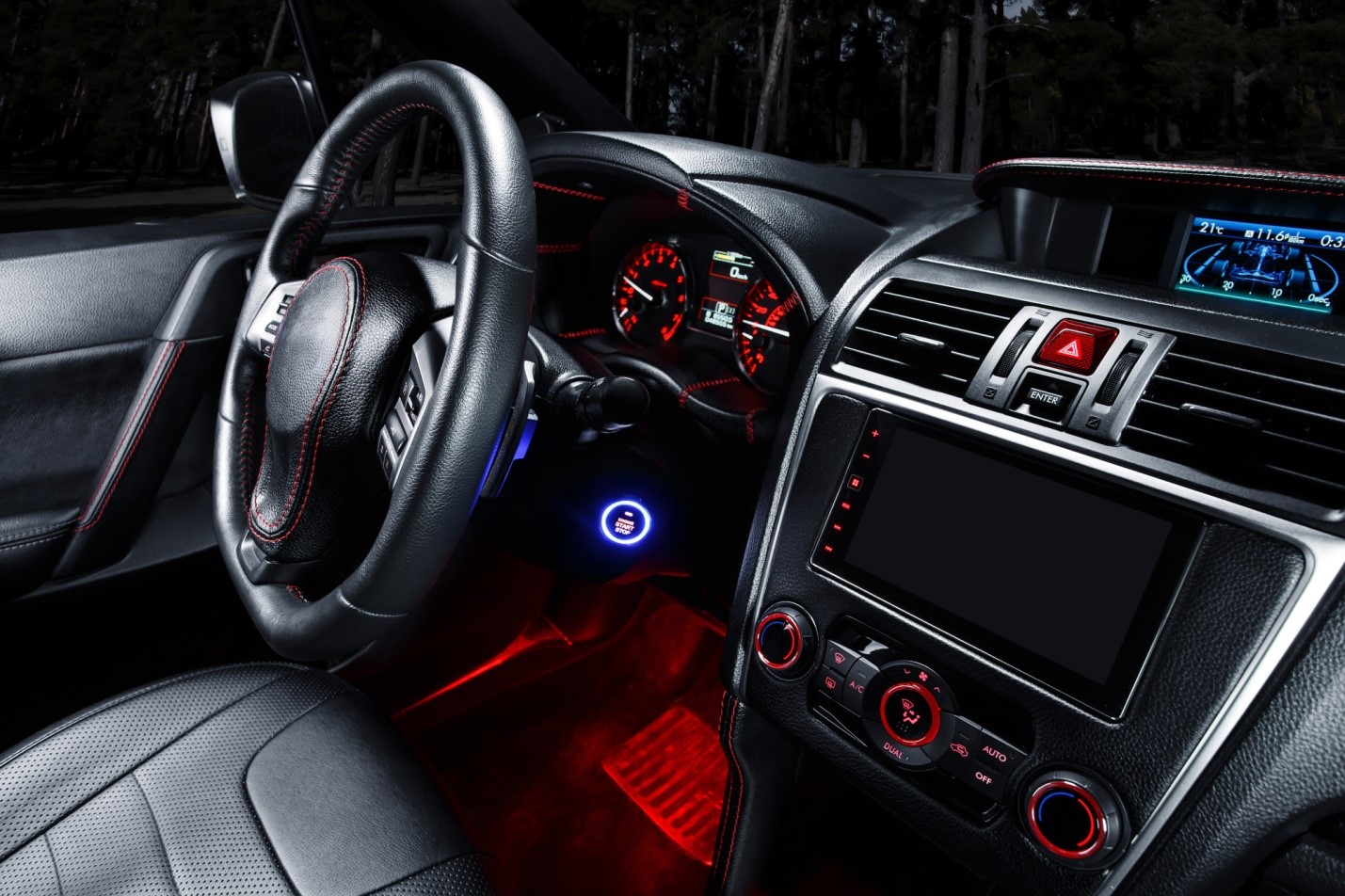Today, more and more homes are being built on unstable soils, such as the ones that you learned about in previous chapters. Between expansive and hydro-compactable soils and subsidence, foundations are pushed and pulled, creating movement. Each year, thousands of homeowners are faced with evaluating and repairing foundation problems. Thankfully, this means that there are reliable, engineered solutions available.
What exactly is available and is it the right solution for your structural problems?
Since the root of structural problems is the soil, the first two solutions deal with taking the foundation’s weight off of unstable soils and placing it on bedrock or other stable soil-these solutions are called push piers and helical piers.
Push Piers are basically long steel shafts that are hydraulically driven into the ground through the unstable surface soils until they reach bed-rock or other load bearing strata. Technicians can tell that the piers have reached bedrock by measuring the hydraulic pressure required to drive the piers into the ground until they meet an engineer specified depth. The home’s weight is then transferred off of the unstable soil and onto the piers through pier brackets attached to the footing of the house.
Helical Piers are similarly driven into the ground using hydraulics, but they are turned into the ground like a giant screw. In fact, they are giant screws that literally hold up a house through resistance power. The home’s weight is then transferred onto the piers using the same durable steel brackets.
Indications that You Need a Piering System:
You have an area of your foundation wall that is experiencing vertical movement, such as sinking.
Your chimney is not flush with your home.
Your soil conditions can be classified as expansive, subsiding, hydro-compactable, or active.
How Piers are installed in 6 Basic Steps:
Step 1: Outside, sod and landscaping around the home is removed and set aside.
Step 2: Soil is removed until the footing of the concrete foundation is revealed.
Step 3: Foundation pier anchoring brackets of heavy, industrial-strength steel are attached to the home’s footings.
Step 4: Rugged steel piers are hydraulically driven down to solid bedrock or equal-load bearing strata.
Step 5: The weight of the home, anchored to the steel brackets, is carefully transferred from unstable soil to rock-solid piers.
Step 6: After an engineer’s approval, the soil around the home is replaced and landscaping can be returned to its original location.
There are several other options that have been employed during different eras to resolve foundation problems. The oldest method is to jack up the house and replace the foundation and the newest method is to utilize piering systems either on the entire perimeter of the home, or just one portion. Here’s a breakdown of the other methods that people have used to resolve foundation issues from oldest to most recent:
Replace the Foundation:
Destroys yard and takes several weeks to complete
No warranty against the same problem reoccuring (expect same result
Footings are still in the Active Zone
VERY EXPENSIVE-$50,000 PLUS
Concrete Underpinning/Spread Footings:
Can take weeks/months
Added weight of the concrete can make problem worse
Structure cannot be lifted
Footings are still in the Active Zone
Concrete Piers:
Concrete cylinders can break during installation and CANNOT be retrieved due to depths
Cylinders create too much skin friction to get through the Active Zone
May require additional shims in the future
Even if shimming is included in the warranty, the damage from re-settlement and re-excavation is not covered
Square Shaft Helical Piers:
Originally designed to provide resistance to guy wires on electrical towers during high winds.
Not designed to hold up weight through soils
Square shafts experience bending and folding when a foundation’s weight resting on it.
Concrete Piers with Cable Reinforcement:
Engineered for specific soil conditions that are not present in Colorado.
Cylinders create too much skin friction to get through the Active Zone
Cabling in center of pier stretches over time, allowing for moment after piers in place.
Additional cabling on exterior of cylinders can increase skin friction of cylinder.
Finally, piering systems:
Push Piers WILL:
Allow the deepest penetration of any steel pier type.
Allow for the possibility of low impact interior installations (typically, with far less collateral damage than the exterior approach)
Provide a lifetime warranty, transferable for the first 25 years that vertical movement in the piered areas will not occur
Perform its job in most soil conditions for a designed life in excess of 100 years
Push Piers MAY:
Allow for the likelihood of lifting a structure to a flatter, more level condition
Allow for the possibility of closing or shrinking existing cracks in brick, stucco, sheetrock, or other interior or exterior finishes
Allow for the re-alignment of sticking doors or windows, and the straightening of leaning chimneys
Push Piers WILL NOT:
Guaranty that perfectly flat or level final conditions will be achieved
Provide lateral (horizontal) restraint to a bowing foundation wall
Improve the water tightness or lower the moisture level in a basement
Helical Piers WILL:
Perform its job in most soil conditions for a designed life in excess of 100 years
Allow for installation on relatively older, weaker, or lighter foundation types
Allow for installation as a pre-construction (or new construction) bearing system in poor soils
Allow for a horizontal installation as a “tie-back” system to provide resistance against land creep in hillside areas
With a few rare exceptions, require exterior excavation, with destruction to surrounding landscaping or paving
Provide a lifetime warranty, transferable for the first 25 years, that vertical movement in the piered areas will not occur
Helical Piers MAY:
Allow for the likelihood of lifting a structure to a flatter, more level condition
Allow for the possibility of closing or shrinking existing cracks in brick, stucco, sheetrock, or other interior or exterior finishes
Allow for the re-alignment of sticking doors or windows, and the straightening of leaning chimneys
Helical Piers WILL NOT:
Guaranty that perfectly flat or level final conditions will be achieved
Provide lateral (horizontal) restraint to a bowing foundation wall (unless specifically installed in “tie-back” mode)
Improve the water tightness or lower the moisture level in a basement











